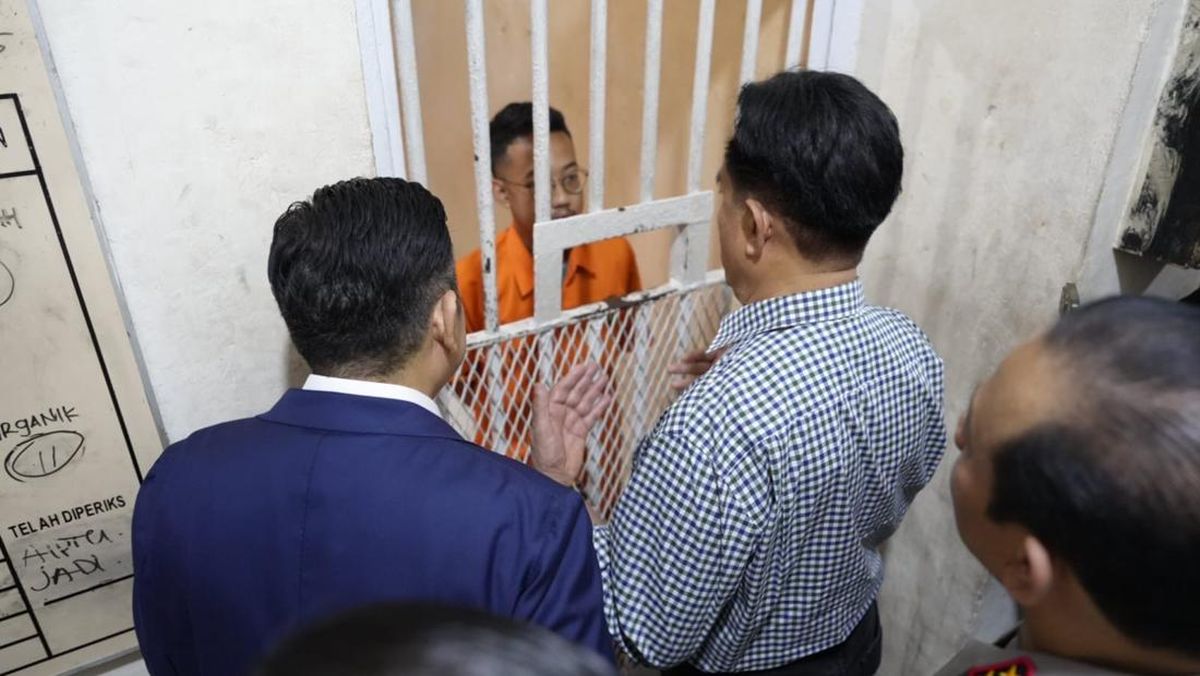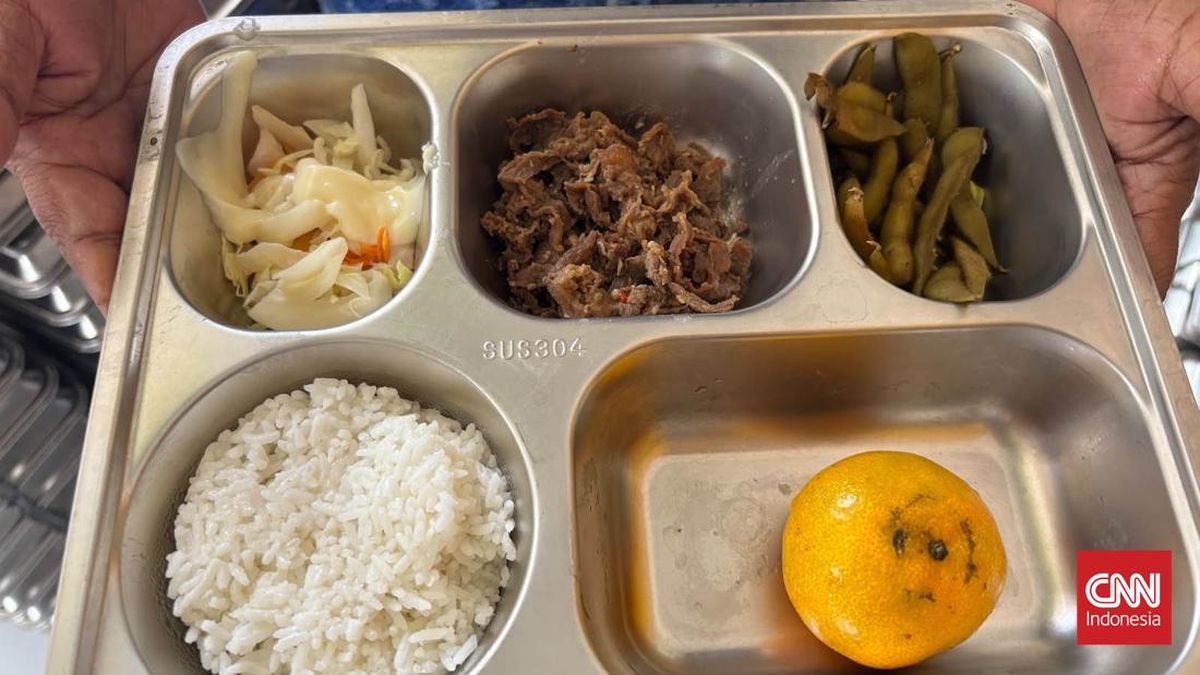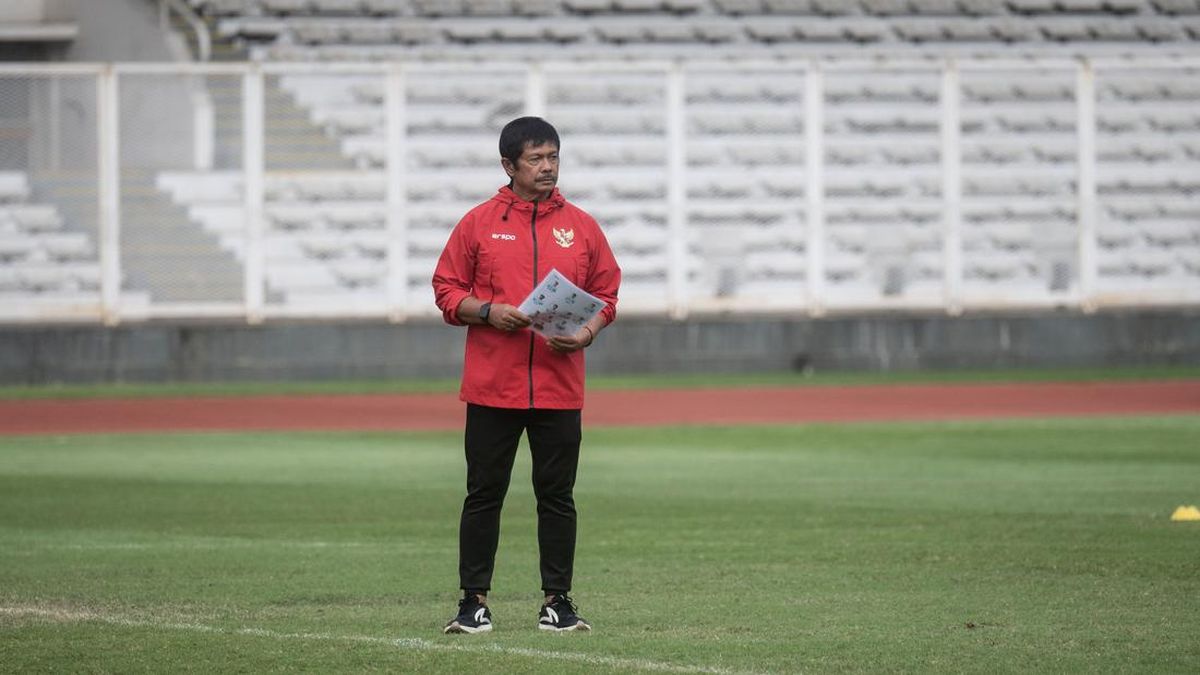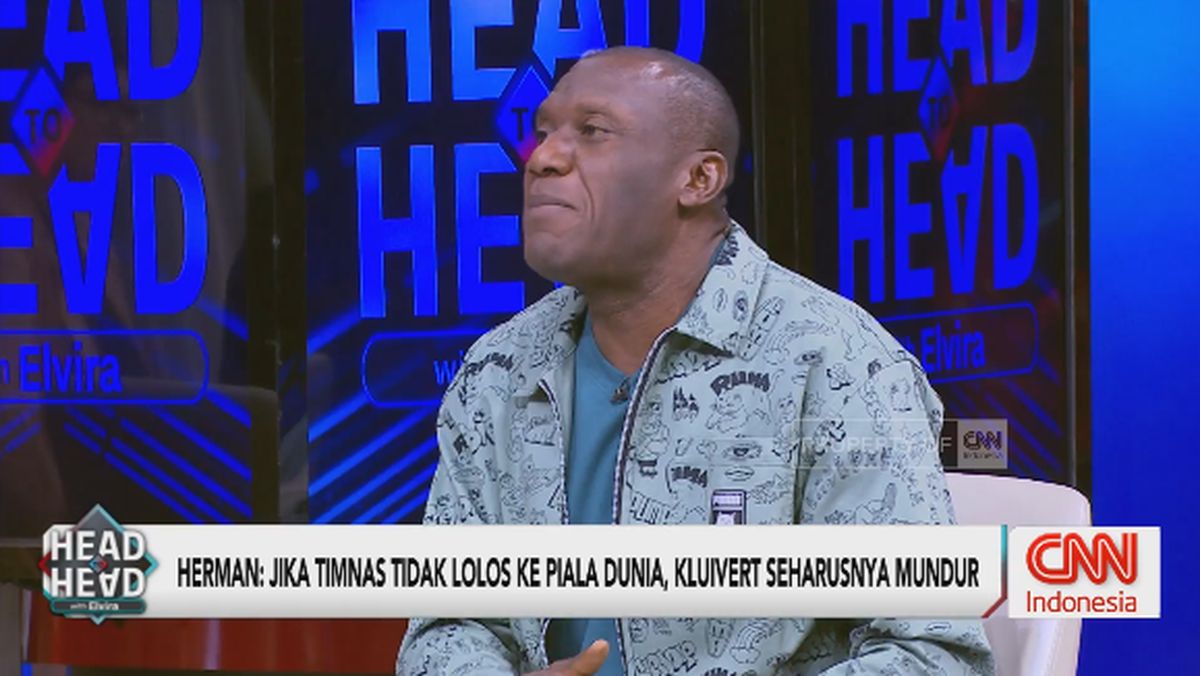Within 72 hours this week, Sydney witnessed three separate gun crimes that left communities shaken. On Sunday, a man allegedly fired up to 50 rounds randomly from his Croydon Park apartment, injuring 16 people. On Tuesday, police intercepted a “kill team” allegedly planning to murder someone at a daycare pick-up. On Wednesday, former UFC fighter Suman Mokhtarian was shot and murdered while walking in Riverstone.
Three shootings. Three very different stories. Yet they’ve collectively fuelled a perception that Australia is experiencing an explosion of gun violence. Is gun crime surging or are we witnessing something more specific?

Detectives intercept an alleged “kill team” en route to daycare centre hit in Revesby. Credit: NSW Police
The statistics tell a surprising story, and understanding what’s really happening requires looking beyond the headlines to how organised crime has fundamentally changed.
Those statistics, in fact, tell us we have more guns, but less gun crime. There are more than 4 million firearms owned by civilians in Australia – higher than the 2.5 million at the time of the 1996 Port Arthur massacre, according to the Australia Institute. With population growing from 18 million to 28 million over this period, gun ownership has increased in absolute terms.
Illicit firearms are estimated to number between 250,000 to 500,000, not accounting for 3D-printed weapons. An estimated 80 per cent of legal firearms are stored in major cities, meaning the pool accessible to criminals in urban areas has nearly doubled in 30 years.
Loading
Yet gun murders have decreased over the past four decades. Australian Bureau of Statistics data shows that, in 2023, just 13 per cent of violent incidents involved a firearm, down from 22 per cent in 2019. What has changed is how organised crime syndicates deploy them: increasingly outsourcing targeted killings to avoid police scrutiny.
Organised crime syndicates were once tightly knit groups that planned and carried out their own assassinations. Over the past decade, the way targets are killed has fundamentally changed.
Low-value targets are increasingly outsourced. When a syndicate subcontracts a killing, it’s because the target isn’t worth risking police attention to senior members. These hits send messages to intended victims, rival syndicates or their own members about the consequences of breaking “the rules”. These contracts go to the lowest bidder: criminals wanting to make a name for themselves, those chasing quick money or young operatives hoping to join a particular syndicate.
But outsourcing carries serious risks. Subcontractors lack the planning rigour and operational knowledge of established members. Their motive is financial, not loyalty. This has led to increasingly brazen operations across Sydney.
Loading
The 72 hours of alarm this week illustrate this trend. On Wednesday, Suman Mokhtarian was murdered while walking in Riverstone, shot in broad daylight where families live. Police described the attack as “very brazen”. A day earlier, authorities intercepted what they called a “kill team” – three men aged 18, 19 and 26, allegedly planning to murder someone picking up a child from a daycare centre.
While police haven’t confirmed syndicate links in these cases, the pattern fits: young operatives, public locations, apparent disregard for collateral damage. As Assistant Commissioner Scott Cook noted about the daycare plot, “the collateral damage would have been far too great”. Yet that didn’t stop those allegedly contracted to carry it out.
Not every shooting fits this pattern. Also this week, 60-year-old Artemios Mintzas allegedly fired up to 50 rounds randomly from his apartment at passing cars and pedestrians, injuring 16 people. Police confirmed he had no organised crime links, no criminal record and no apparent motive. This highlights that gun violence isn’t monolithic.
Compounding this problem is the threat of 3D-printed firearms. Detective Superintendent John Watson of NSW Police notes these weapons have evolved from “very novice, very low-powered” to increasingly sophisticated models. For syndicates, 3D-printed guns offer a perfect solution for arming disposable contractors: untraceable, cheap and requiring no exposure of established supply networks.
Loading
Are gangland shootings rising? The answer is both yes and no. Yes, we’re seeing an uptick in brazen, public shootings. But overall firearm crime continues its decades-long decline.
The shootings making headlines are largely contained within Sydney’s gangland conflicts, carried out by young, reckless contractors with little regard for public safety. This distinction matters. The problem is the concentration of firearms, the number of illicit arms and how organised crime syndicates exploit vulnerable young people as disposable hitmen.
This requires a different approach than tighter gun laws alone. We need sustained investment in disrupting organised crime networks, providing pathways away from criminal recruitment for at-risk youth, and understanding that the young men pulling triggers are both perpetrators and victims of a system designed to keep senior criminals beyond reach.
Dr Vincent Hurley is a lecturer in criminology at Macquarie University, where Dr Alex Simpson is an associate professor in criminology.
Most Viewed in National
Loading


















































